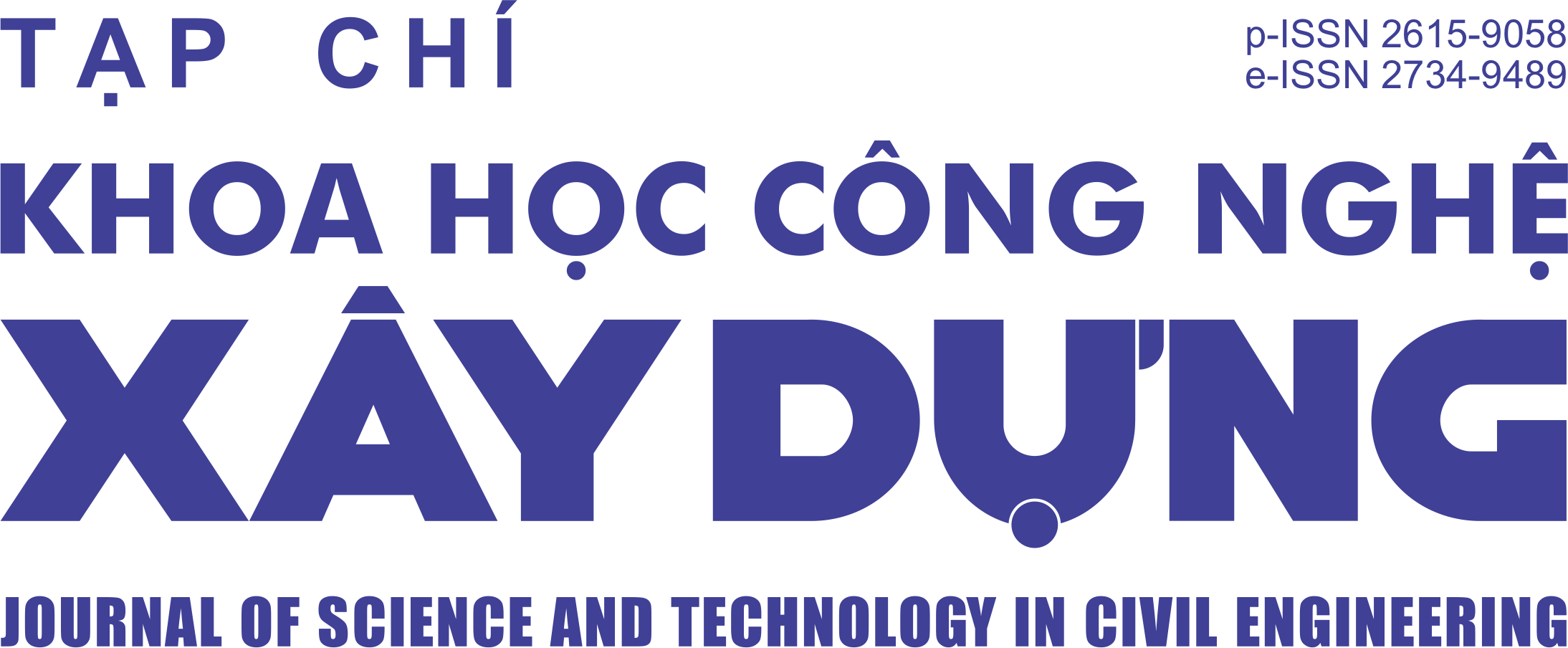Towards a generalized surrogate model for truss structure analysis using graph learning
Abstract
Truss analysis has been well investigated by researchers and engineers with a large number of structural analysis software that can quickly and reliably provide analysis results. However, these methods require either expensive commercial software or self-developed in-house codes based on structural expertise along with advanced programming skills. Thus, incorporating this software into other complex applications, such as an online structural analysis framework, multiple-objectives truss optimization, structural reliability, etc., is highly challenging. This study proposes a novel and efficient surrogate model for performing truss analysis based on graph theory and deep learning algorithms, which is applicable for various truss topologies with different load scenarios without requiring retraining as other Deep Learning (DL)-based counterparts. The truss connectivity
information is expressed through adjacency matrices, while material properties, external loads, and boundary conditions are considered node features. The performance and efficiency of the proposed methods are successfully validated with numerous unseen 2D trusses, providing highly similar results compared to the conventional finite element method.
Downloads
Copyright (c) 2023 Hanoi University of Civil Engineering

This work is licensed under a Creative Commons Attribution-NonCommercial-NoDerivatives 4.0 International License.
1. The Author assigns all copyright in and to the article (the Work) to the Journal of Science and Technology in Civil Engineering (JSTCE) – Hanoi University of Civil Engineering (HUCE), including the right to publish, republish, transmit, sell and distribute the Work in whole or in part in electronic and print editions of the Journal, in all media of expression now known or later developed.
2. By this assignment of copyright to the JSTCE, reproduction, posting, transmission, distribution or other use of the Work in whole or in part in any medium by the Author requires a full citation to the Journal, suitable in form and content as follows: title of article, authors’ names, journal title, volume, issue, year, copyright owner as specified in the Journal, DOI number. Links to the final article published on the website of the Journal are encouraged.
3. The Author and the company/employer agree that any and all copies of the final published version of the Work or any part thereof distributed or posted by them in print or electronic format as permitted herein will include the notice of copyright as stipulated in the Journal and a full citation to the Journal as published on the website.







